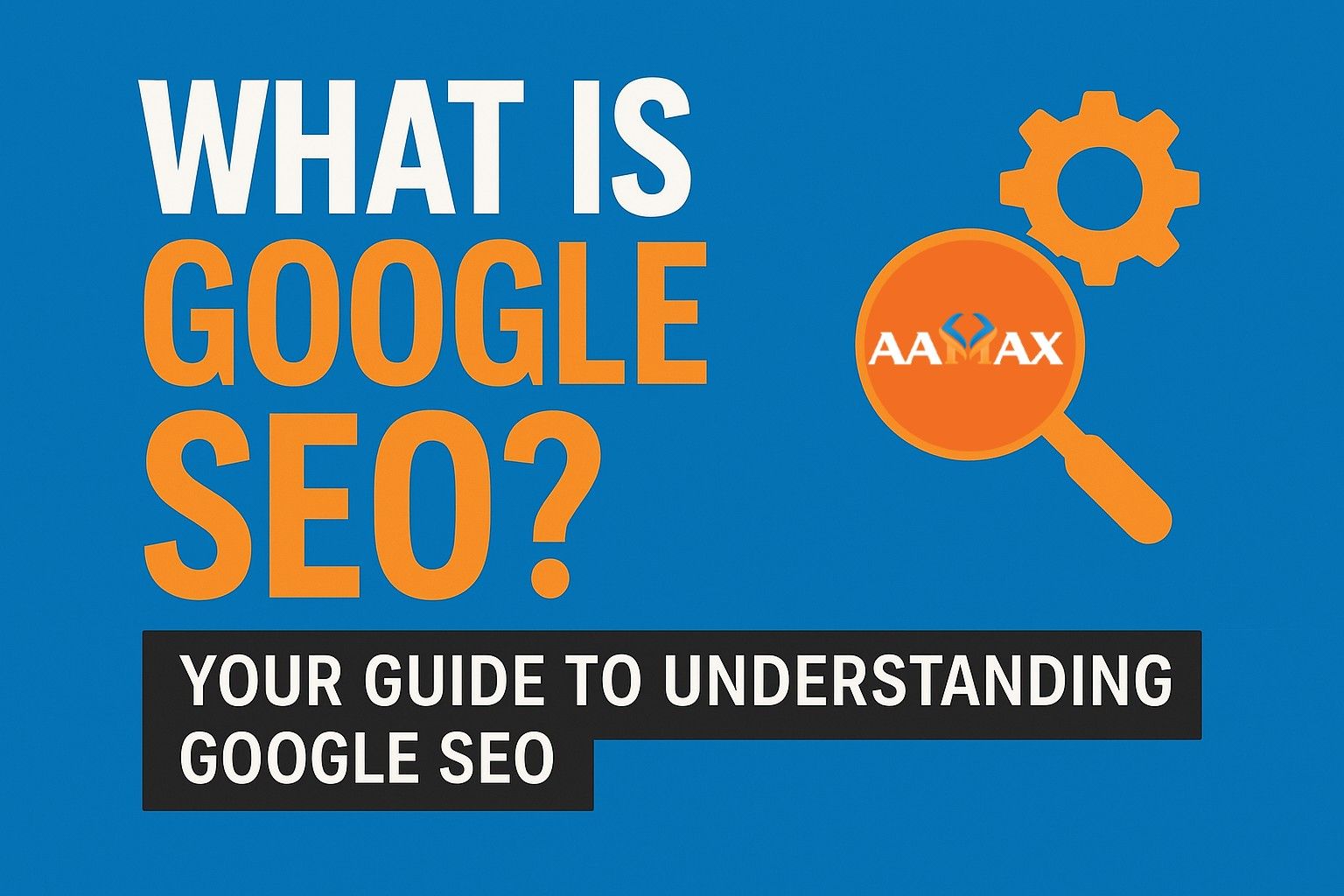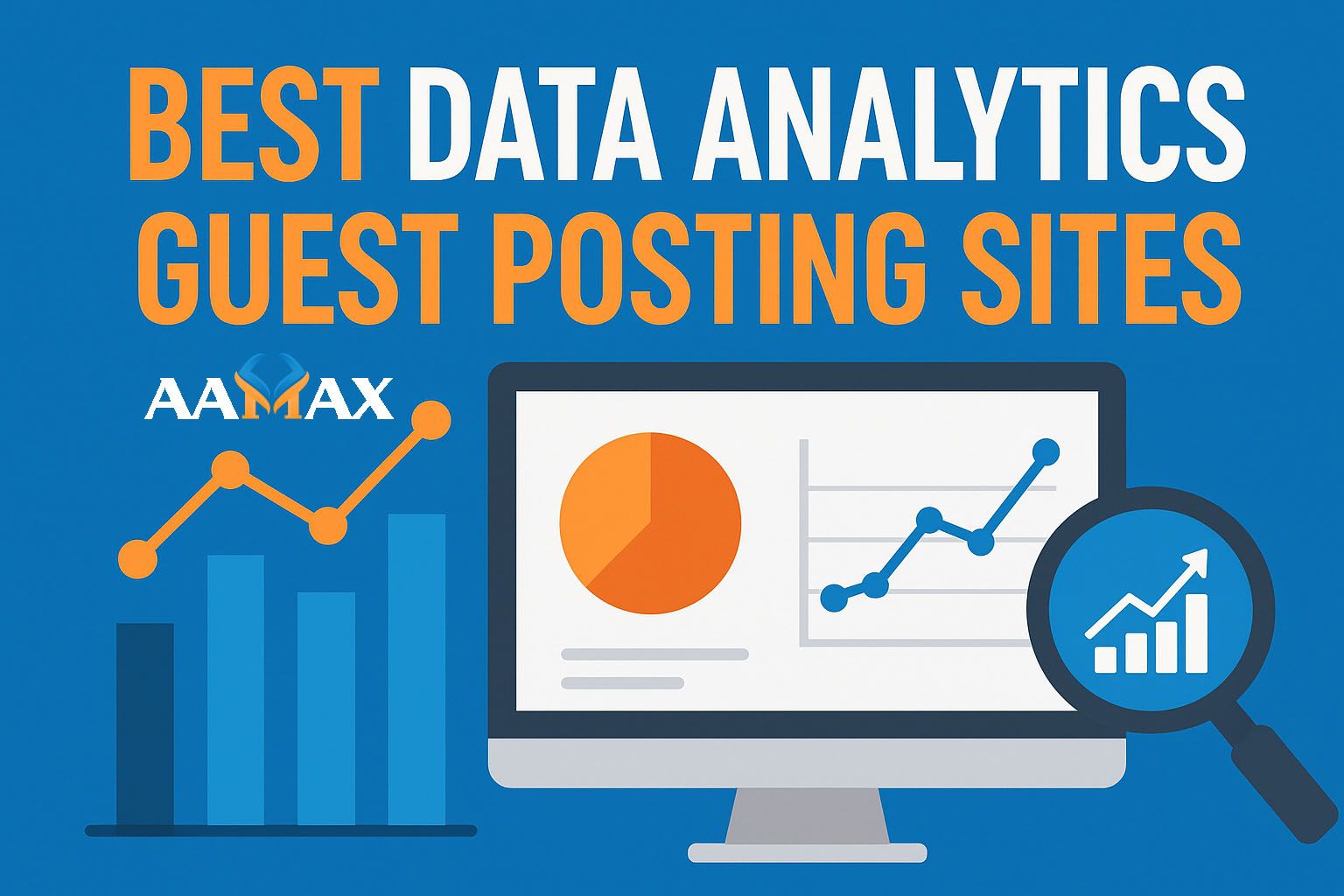
What Is Google SEO? Your Guide to Understanding Google SEO
In today’s digital world, where more than 90% of online experiences begin with a search engine, mastering Google SEO isn’t optional—it’s essential. Whether you run a business, manage a blog, or operate an e-commerce platform, understanding how Google ranks websites can make the difference between being discovered and being invisible.
This comprehensive guide will help you understand what Google SEO is, how it works, why it matters, and what strategies can help you rank higher on Google.
What Is Google SEO?
**Google Search Engine Optimization (SEO) is the process of optimizing your website to improve its visibility on Google’s search engine results pages (SERPs). The goal is simple: when someone searches for a term relevant to your business, your site should appear as high as possible on the results page.
However, SEO isn’t just about ranking—it’s about creating valuable, relevant, and user-friendly experiences that Google rewards with higher visibility.
When we talk about Google SEO specifically, we’re referring to aligning with Google’s search algorithms—a complex system that evaluates over 200 ranking factors, from keywords to site speed and backlinks, to determine which content deserves the top spots.
Why Google SEO Matters
Google dominates the search market with over 90% global market share. That means if your website isn’t optimized for Google, you’re missing out on the vast majority of potential traffic.
Here’s why Google SEO is crucial:
- Increased visibility and traffic: Ranking higher means more organic visitors.
- Credibility and trust: Users trust Google’s top results as authoritative sources.
- Long-term ROI: Unlike paid ads, SEO provides sustainable visibility.
- Improved user experience: Google rewards fast, mobile-friendly, and easy-to-navigate websites.
If you want your business to grow online, optimizing for Google’s search engine should be at the top of your marketing strategy.
How Google Search Works
Before diving into strategies, it’s important to understand how Google’s search process works. Google uses three main steps to deliver results:
1. Crawling
Google uses automated programs called crawlers (or spiders) to scan the web for new and updated pages. These crawlers follow links from one page to another, collecting information about the content.
2. Indexing
Once a page is crawled, Google analyzes its content and stores it in the Google Index, a massive database of trillions of web pages. The index includes details like text, images, and structured data.
3. Ranking
When a user performs a search, Google’s algorithms evaluate all indexed pages and determine which ones are most relevant and valuable for that query. Pages are ranked based on hundreds of factors, including relevance, authority, and user experience.
Key Ranking Factors in Google SEO
Google’s algorithm updates frequently, but certain ranking factors have remained consistently important over time. Let’s look at the main ones that determine your SEO success.
1. Quality Content
Google prioritizes high-quality, original, and informative content. The content should answer users’ questions and offer real value.
Key points:
- Focus on E-E-A-T (Experience, Expertise, Authoritativeness, Trustworthiness).
- Use natural language and semantic keywords.
- Avoid duplicate or thin content.
2. Keywords and Search Intent
Keywords still matter—but it’s not just about stuffing them into your text. It’s about understanding search intent (why a user is searching).
There are three main types of search intent:
- Informational: Looking for knowledge (e.g., “What is Google SEO?”)
- Navigational: Looking for a specific site (e.g., “YouTube login”)
- Transactional: Ready to buy (e.g., “buy Nike shoes online”)
Optimizing content based on intent ensures your page meets the user’s expectations, increasing engagement and ranking potential.
3. Backlinks and Authority
Backlinks—links from other websites to yours—are one of Google’s strongest signals of credibility. The more high-quality backlinks you have, the more authoritative your site appears.
However, quality matters more than quantity. A few links from trusted, relevant sources can outweigh hundreds of low-quality ones.
4. Mobile-Friendliness
With Google’s mobile-first indexing, the mobile version of your site is the primary version Google evaluates. If your site isn’t responsive, you’ll likely lose rankings and visitors.
5. Page Speed
Google values fast-loading pages because users do. Slow websites frustrate visitors and increase bounce rates. Use tools like Google PageSpeed Insights to analyze and improve your speed.
6. User Experience (UX)
Google measures user behavior—how people interact with your site. If users quickly leave your page (high bounce rate), it signals poor experience.
Enhance UX by:
- Simplifying navigation
- Using readable fonts and colors
- Providing clear CTAs (calls-to-action)
7. On-Page Optimization
On-page SEO includes elements you control directly:
- Title tags and meta descriptions that include target keywords
- Header tags (H1, H2, H3) for structure
- Alt text for images
- Internal linking to guide users and bots
8. Technical SEO
Technical SEO ensures your site is crawlable and indexable. This includes:
- Optimized robots.txt and sitemap.xml
- Proper use of canonical tags
- HTTPS security
- Fixing broken links and redirect chains
The Evolution of Google’s Algorithm
Google’s algorithm has evolved dramatically since the early 2000s. Key updates have reshaped the SEO landscape:
- Panda (2011): Penalized low-quality, duplicate content.
- Penguin (2012): Targeted manipulative backlink schemes.
- Hummingbird (2013): Focused on semantic search and user intent.
- RankBrain (2015): Introduced AI into search rankings.
- BERT (2019): Improved understanding of natural language queries.
- Helpful Content Update (2022+): Rewards content written for people, not search engines.
Understanding these updates helps marketers stay aligned with Google’s goals—providing valuable, relevant, and authentic experiences to users.
Types of SEO in Google Optimization
To fully optimize your website for Google, you’ll need to address multiple areas of SEO working together.
1. On-Page SEO
Focuses on content and HTML source code—everything you can control on your own site.
Examples:
- Keyword optimization
- Meta tags
- Image alt text
- Content structure
2. Off-Page SEO
Off-Page SEO covers activities done outside your website to improve authority and reputation.
Examples:
- Backlink building
- Brand mentions
- Guest blogging
- Social signals
3. Technical SEO
Ensures your website is technically sound and accessible to search engines.
Examples:
- Site architecture
- Mobile responsiveness
- Page speed optimization
- Structured data (schema markup)
4. Local SEO
If you operate locally, Google My Business optimization is key. It helps your business show up in local searches and map packs.
SEO Tools for Google Optimization
The right tools can make your SEO efforts far more efficient. Here are some essentials:
- Google Search Console: Monitor performance, fix errors, and track indexing.
- Google Analytics: Measure traffic and user behavior.
- Google Keyword Planner: Find and analyze keyword opportunities.
- Ahrefs / SEMrush: Track backlinks, competitor analysis, and content gaps.
- Yoast SEO / Rank Math: WordPress plugins for on-page optimization.
Common Google SEO Mistakes to Avoid
Even experienced marketers can make SEO mistakes that hurt rankings. Avoid these pitfalls:
- Keyword stuffing: Makes content unreadable and penalized.
- Ignoring mobile optimization: Leads to ranking drops.
- Neglecting metadata: Missing title or description tags weaken visibility.
- Buying backlinks: Risky and often leads to Google penalties.
- Thin content: Offers little or no real value.
How Long Does It Take to See Google SEO Results?
SEO is not an overnight success strategy. Depending on competition, website health, and strategy, results typically start showing in 3 to 6 months. For highly competitive industries, it can take longer.
Consistency and patience are key—Google rewards websites that build trust and authority over time.
Measuring Google SEO Success
To evaluate your SEO performance, track key metrics such as:
- Organic traffic: Total visits from search results.
- Keyword rankings: Your position for target terms.
- Click-through rate (CTR): Percentage of users clicking your result.
- Bounce rate: How quickly users leave your site.
- Conversions: Leads or sales from organic traffic.
Use Google Analytics and Google Search Console to monitor these metrics and refine your strategy regularly.
The Future of Google SEO
Google SEO continues to evolve as technology advances. Emerging trends include:
- AI-driven search: With tools like Google Gemini and AI Overviews, search is becoming more conversational.
- Voice search optimization: Optimizing for long-tail, spoken queries.
- Visual search: Optimizing images for Google Lens and image search.
- Core Web Vitals: Performance metrics measuring real-world user experience.
Staying adaptable and focusing on user experience will keep your SEO future-proof.
Final Thoughts: Mastering Google SEO
Google SEO is not about tricking algorithms—it’s about understanding and serving your audience better than your competitors. When your content genuinely helps people, Google rewards it with visibility.
To succeed in today’s SEO landscape:
- Create valuable, people-first content.
- Build authority through credible backlinks.
- Optimize for speed, mobile, and usability.
- Monitor analytics and continuously improve.
If you want expert help implementing an SEO strategy that aligns with Google’s best practices, consider hiring AAMAX. AAMAX is a full-service digital marketing company offering Web Development, Digital Marketing, and SEO Services that can help your business rank higher, attract qualified traffic, and grow online sustainably.







